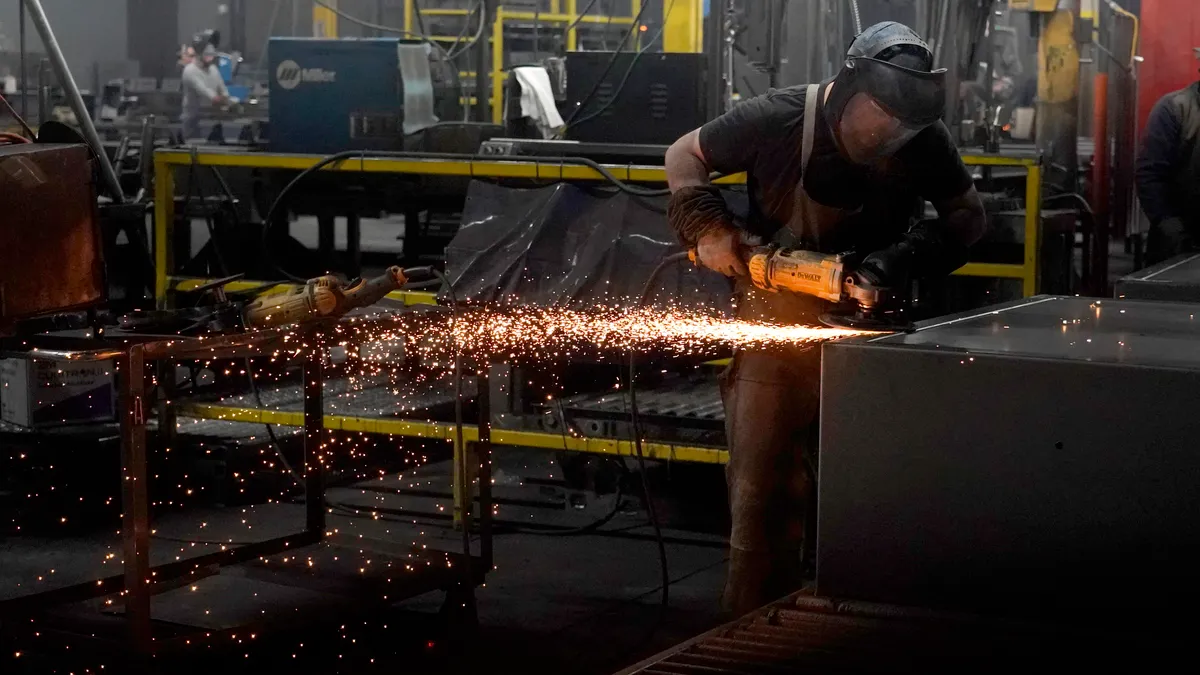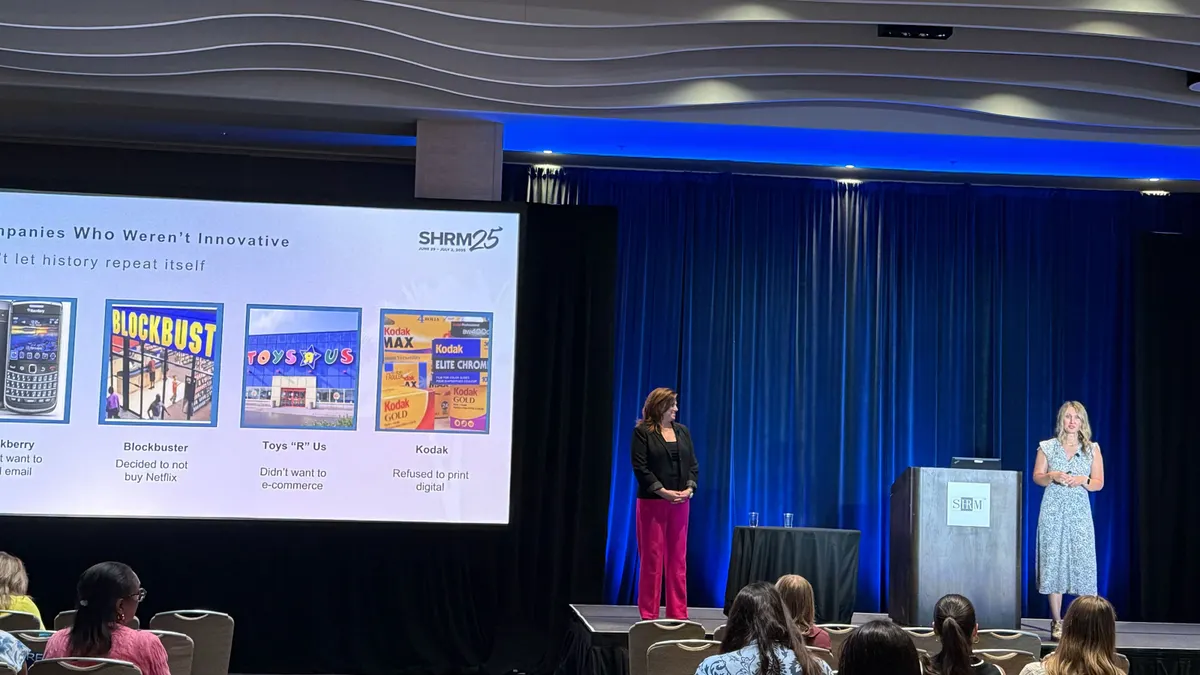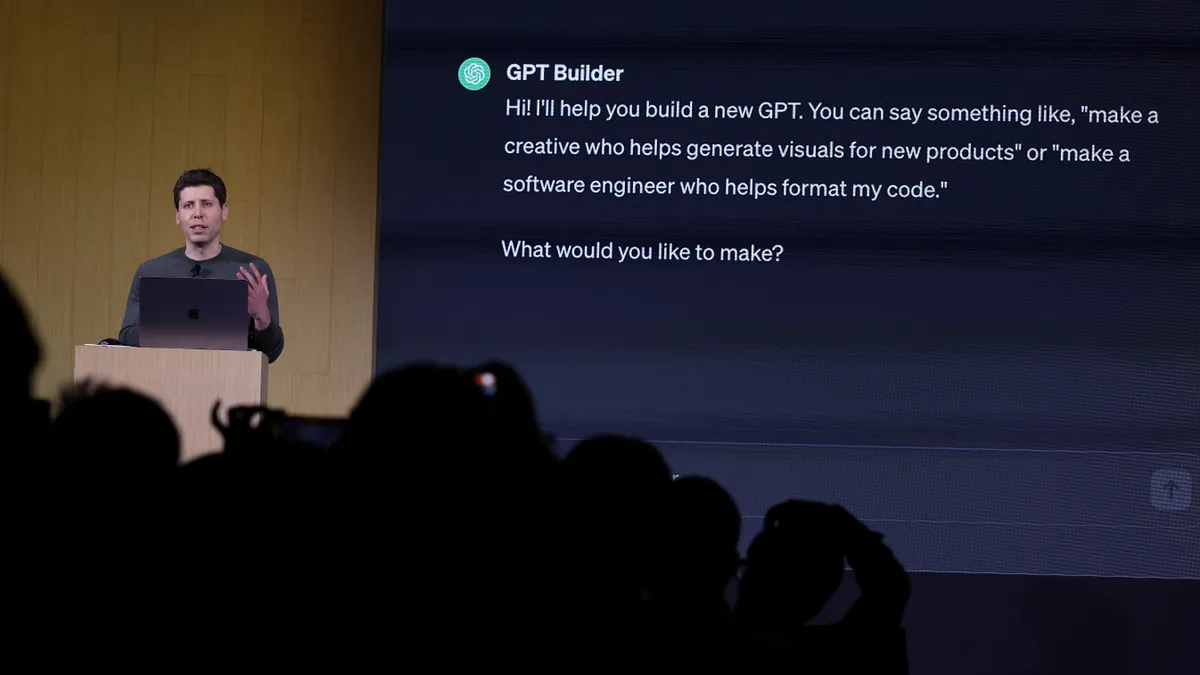Your employees hold a wealth of knowledge. Whether it's historical, customer-related, best practices, new trends or what's upcoming, they, and the information they possess, are the key to success. But if they don't share the knowledge they have — with each other, with management or even with clients — what good does it do anyone?
Inefficient (or non-existent) knowledge sharing is a silent problem in many companies. Employees who hoard information in the hopes of job security, those who don't feel confident enough to offer up their ideas and suggestions, and staffers who simply don't have time to share knowledge with others can be stifling growth, frustrating others, slowing production and even threatening profitability.
A recent study conducted by video learning provider Panopto showed that American workers waste over five hours per week on average just by waiting for information from their peers or recreating existing institutional knowledge. In total, productivity loss among U.S. companies due to delays in knowledge sharing total an estimated $40.6 million, Panopto said. Among the survey's other findings:
- A majority, 60% of workers said it is "difficult, very difficult or nearly impossible" to get vital information from their coworkers.
- Two-thirds said information delays can last up to a week — with 12% of delays dragging on for a month or more.
- An average of two and a half months of formal onboarding is provided to new hires, but it can take up to six months for them to get up to speed.
Frustrated colleagues, missed opportunities, project delays and a hit to the bottom line are among the complaints of employees who report inefficient knowledge sharing, according to Panopto.
Is it happening with your employees?
The likelihood that inefficient knowledge sharing is occurring in your business is high, but it may be a challenge to understanding what data is not being pooled and why. "To find out how the problem affects your workplace, start by surveying your employees," Eric Burns, CEO at Panopto said in an email to HR Dive. Ask how often employees put work on hold waiting for support or data from coworkers, and how often they have to reinvent the wheel by solving a problem that's already been addressed by another colleague who's unavailable. As more companies experience the brain drain when boomers leave the workplace, knowledge sharing will be even more problematic.
Employers need only ask a few simple questions to determine if they have a knowledge sharing problem, JD Dillon, principal learning strategist at Axonify, wrote in an email to HR Dive. "Does even the simplest question require an email chain to get the answer? When senior employees leave the company, do you find yourself scrambling to prepare their replacements? Do conversations often stall when the only designated subject matter expert on a topic is on vacation?" he said. "If you encounter these issues regularly, you likely have a foundational issue with how information is shared within the organization."
The silent problem
We've all been there — staring at the clock or our timelines waiting for someone to train or share, but it's rarely addressed. "Because this inefficiency has never been quantified before," Burns said, "most organizations simply overlook it. And while it certainly wouldn't be possible for a firm to preserve and share every piece of its institutional knowledge, there's also no reason companies should accept poor knowledge sharing to the degree that it currently happens."
Insufficient knowledge sharing becomes most apparent once an employee leaves the company or is away from the office, leaving the rest of the team scrambling, Adrian Ridner, CEO and co-founder of Study.com, said in an email to HR Dive. "Try to get ahead of the problem," Ridner said. "If you have heavily siloed team members and/or bottlenecked decision-making at your company, chances are you need to increase knowledge sharing in your organization."
When work life doesn't mirror reality
In real life, we turn to the internet to solve even the most complex problems. Whether we're searching for an answer or a detailed video tutorial, knowledge acquisition has become intuitive and immediate.
"At work, everything changes," said Dillon. "Employees have a difficult time solving even the simplest of problems because their Google reflexes no longer apply. Processes, content, accountability and technology have not evolved when it comes to knowledge sharing at work, and employees' natural problem solving skills are restricted as a result. And employees notice the difference, which is why so many look beyond the firewall and introduce their own resources to overcome these challenges."
Creating buy-in
Managers and leaders are most interested in the business benefit of knowledge sharing. "Show them how investing time and effort into knowledge sharing can increase innovation with faster decision making and can mitigate issues during employee turnover," Ridner said. Transparency is key to knowledge sharing so it's important for upper management to lead by example.
Where can L&D step in?
Burns believes that it first comes down to company culture and providing necessary tools. "Second, the organization needs to embrace a 'culture of teaching' among employees that encourages regular knowledge sharing and social learning," he said — but you'll need buy-in from the top down.
Without solid data, it can be difficult for L&D to justify expenditures. Panopto's data reveals $2.7 million is lost in productivity for every 1,000 employees annually. When you consider how competitive the marketplace is for every industry today, knowledge sharing can either be a strategic advantage for companies, or a drag on the bottom line.
While peer-to-peer, or social learning, is the oldest form of organizational training, it doesn't scale and it can be impermanent. As businesses expand, even globally, access itself may be a disruptor. "The more distributed the organization," Burns said, "the more likely it is that the barriers to effective knowledge sharing are too high for employees to overcome without specific tools or initiatives intended to help."
Leveraging technology to save and share knowledge is key, even at scale. L&D has a wealth of cost-effective methods to capture, preserve and distribute institutional expertise that will nurture a culture of sharing and teaching within the organization. Collecting data on what inhibits employees is the first step to addressing their needs.
Intangible resource
Employers might consider creating a cross-training program wherein employees can learn different skills. This can range from short online trainings that employees use to build knowledge over time, to pairing up with a colleague from a different function or department to do a deep dive and gain some of that institutional expertise, said Ridner: "Not only do these newfound skills help future proof an employee's career, but it helps create a more nimble workforce." Ridner also recommends assigning a knowledge manager — someone who can take on the role of overseeing the organization and distribution of important information.
Knowledge is power: and for employers, determining what employees don't know (and need/want to know) can be critical for advancement.
"To enable knowledge sharing at the speed of business, L&D pros must shift their role from creators to connectors," Dillon said. "A modern L&D team establishes and maintains channels that connect those who know with those who need."



















